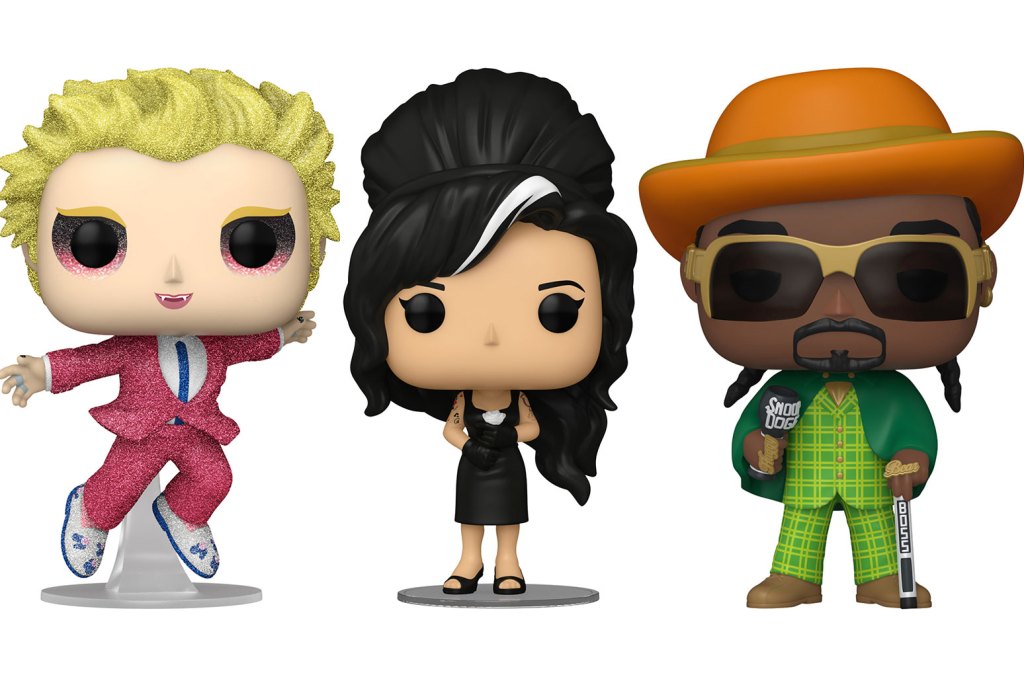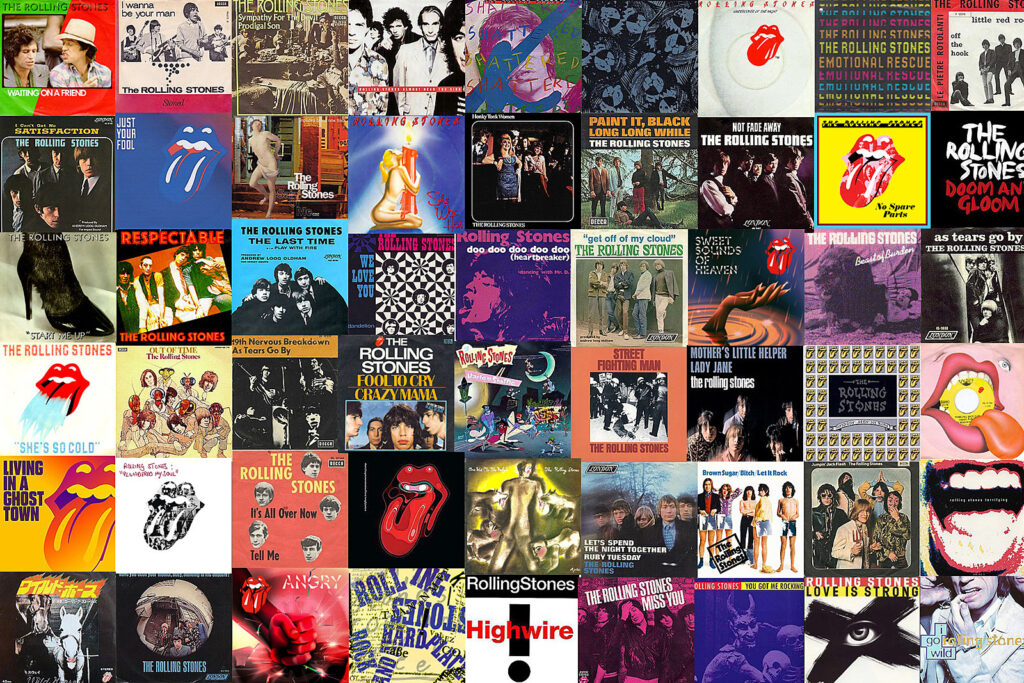Top 20 Billy Joel Songs

To his credit, Billy Joel never really stayed where he was supposed to.
As a New York-based singer-songwriter in the early ’70s, he cut his first record, which nobody heard. He then relocated to Los Angeles, rebooted, had a minor hit and then returned home, where he built a career on two great pop albums with jazz undertones, as you’ll see on the below list of the Top 20 Billy Joel Songs.
He then shifted gears again … and again, releasing a string of records – a rock ‘n’ roll one, a politically conscious one, one that paid tribute to the music he grew up on – before halting his recording career following the release of his fourth No. 1 album.
20. “Miami 2017 (Seen the Lights Go Out on Broadway)” (From Turnstiles, 1976)
Joel was living in Los Angeles when he wrote “Miami 2017 (Seen the Lights Go Out on Broadway),” but by the time it was released, he was back in his hometown of New York City. It was written as sort of a fable, a futuristic look at a metropolis inching toward total collapse. After Sept. 11, the song took on a whole new meaning.
READ MORE: When Billy Joel Followed Up His Breakthrough With ’52nd Street’
19. “The Ballad of Billy the Kid” (From Piano Man, 1973)
Early in his career, Joel wrote a lot about what he knew – which was himself. He also penned lengthier and more ambitious narratives back before he began winning Grammys. “The Ballad of Billy the Kid” wraps both of these in a five-and-a-half-minute epic about the legendary gunslinger. The last verse brings it all around to the present day, and even though Joel has denied that he’s the kid from Long Island here, the facts say otherwise.
18. “Captain Jack” (From Piano Man, 1973)
After his debut album tanked in 1971, Joel retreated while problems with his record company were sorted out. He found inspiration and fresh perspective during his break, writing some of his most complex and personal songs – many of which ended up on his second album. The seven-minute “Captain Jack,” which caps the Piano Man LP, was written in New York about a neighborhood drug dealer. It’s one of Joel’s earliest triumphs.
17. “You May Be Right” (From Glass Houses, 1980)
One of Joel’s toughest rockers kicked off his 1980 album Glass Houses, his second No. 1 and first LP to be recorded after he reached superstar heights (he wasn’t yet a proven star when he made 1978’s 52nd Street). The rest of the record tries a little too hard to break from Joel’s singer-songwriter and jazz-inflected previous work; “You May Be Right” is the one song that gets it completely right.
16. “Only the Good Die Young” (From The Stranger, 1977)
Joel’s “pro-lust” song isn’t exactly subtle (“Sooner or later it comes down to fate, I might as well be the one“), but it is his most playful hit. Powered by hand claps, shuffling acoustic guitar and one of Joel’s most winning vocals, “Only the Good Die Young” broke down some of the levity surrounding The Stranger. But that didn’t stop Catholic groups from calling for a widespread radio ban.
15. “Tell Her About It” (From An Innocent Man, 1983)
After the heaviness of 1982’s The Nylon Curtain, Joel lightened up with a collection of new songs that paid tribute to his formative years. ‘An Innocent Man’ included musical homages to doo-wop, the Four Seasons and ’60s R&B among its sweet-tooth nostalgia. “Tell Her About It”‘ the album’s best song and Joel’s second No. 1 single, nods to Motown, complete with sunshine horns, in-step backing singers and a monster hook.
14. “Goodnight Saigon” (From The Nylon Curtain, 1982)
Following 1980’s back-to-rock-‘n’-roll-basics album Glass Houses, Joel took a more purposeful turn on his eighth LP, steering The Nylon Curtain into more musically adventurous territory. He also went deeper with his lyrics, tackling everything from Reaganomics to working-class struggles to – in the album’s best cut, “Goodnight Saigon” – the Vietnam War.
13. “I’ve Loved These Days” (From Turnstiles, 1976)
The second single from 1976’s Turnstiles album was a string-guided ballad that pointed the way toward Joel’s more lucrative future. A personal number tied to Joel’s move from Los Angeles to New York, “I’ve Loved These Days” is one of the most unsung tracks in his catalog.
12. “My Life” (From 52nd Street, 1978)
The first single from Billy Joel’s first post-breakthrough album 52nd Street gave a good indication of where Joel was heading now that he finally had a Top 10 hit. “My Life” was part playful, part defiant, and well-earned after five albums into a decade-long career. The song reached No. 3, the same position as “Just the Way You Are” a year earlier.
11. “Movin’ Out (Anthony’s Song)” (From The Stranger, 1977)
The opening song on Joel’s fifth album, The Stranger, was an extension of his previous work: a character study rooted in his personal life. But this time the record clicked with record buyers, who sent the album to No. 2 (his highest-charting LP up to that point was a No. 27 showing for Piano Man). Bigger things were waiting.
READ MORE: How Billy Joel Finally Hit the Big Time With ‘The Stranger”
10. “It’s Still Rock and Roll to Me” (From Glass Houses, 1980)
Like many music veterans working at the turn of the decade, Billy Joel was sensing a tide turning as punk gave way to new wave as the ’70s became the ’80s. “It’s Still Rock and Roll to Me” was his fitting, and somewhat snotty, response to emerging trends in music. It was also his first No. 1 single.
9. “Say Goodbye to Hollywood” (From Turnstiles, 1976)
Joel wrote “Say Goodbye to Hollywood” for Ronnie Spector, going as far as replicating the famous opening drum rhythm from “Be My Baby.” She ended up recording the song with the E Street Band in 1977. In 1981, after a pair of No. 1 albums, Joel included the song on his LP of unheralded live tracks, Songs From the Attic, and released the song as a single.
8. “The River of Dreams” (From River of Dreams, 1993)
Following the release of his 1993 album River of Dreams, Joel quit recording rock and pop music full-time. He still toured and made a classical recording, but River of Dreams remains his last album of contemporary music. The album’s lead single and title track made it to No. 3, his last Top 10 hit.
7. “The Longest Time” (From An Innocent Man, 1983)
Joel’s 1983 album-length homage to oldies music ran the gamut – from Four Seasons-styled New Jersey group harmonies to Motown soul stirrers. “The Longest Time” was his nod to street-corner wop. The first three singles from An Innocent Man made it to the Top 10; “An Innocent Man” stopped at No. 14.
6. “Allentown” (From The Nylon Curtain, 1982)
Billy Joel used his commercial clout to make a political record for his eighth album. The Nylon Curtain scoped such Reagan-era issues as Vietnam PTSD, economic downturns and the Cold War. “Allentown” took a working-class Pennsylvania town hit hard as its subject and shifted through the economic fallout of manufacturers leaving the region on its residents.
5. “Scenes From an Italian Restaurant” (From The Stranger, 1977)
The most ambitious song on Joel’s breakthrough 1977 album The Stranger unspools as a seven-and-a-half-minute, three-part suite patterned after the Beatles‘ side-two Abbey Road medley. It also serves as a bridge of sorts between the longer story songs Joel wrote pre-fame and the more tightly focused numbers that anchored his pop career. Either way, it’s one of his greatest musical and lyrical achievements.
4. “New York State of Mind” (From Turnstiles, 1976)
1976’s Turnstiles was a turning point for Joel, who had made four albums at that point that hadn’t done much on the charts. While Turnstiles stalled at No. 122, it began Joel’s era of sharper songwriting that would serve him well in the years to come. “New York State of Mind” has only grown in stature over the years – a concert favorite that became a key song during the post-9/11 era. The Stranger was right around the corner.
3. “Uptown Girl” (From An Innocent Man, 1983)
Billy Joel laid out his intentions for his An Innocent Man album from the start: It was designed as a tribute to the songs of his formative years. And no song better captured that feeling (and era) than “Uptown Girl,” a Four Seasons tribute that was almost better than the real thing.
2. “Just the Way You Are” (From The Stranger, 1977)
Six years and five albums into his career, Joel finally landed a Top 10 hit with this quintessentially ’70s ballad. It immediately pegged him as a classic singer-songwriter and made him a star. It remains one of the most perfectly constructed songs in Joel’s catalog, a valentine to his then-wife and business manager – even though he was never all that fond of it (and even less so after they divorced).
1. “Piano Man” (From Piano Man, 1973)
After Cold Spring Harbor was released, and bombed, in 1971, Joel took comfort by playing piano at a lounge in Los Angeles, where he had relocated from New York to record his debut album. Night after night he’d see the same characters, many of whom would show up in his first single a couple years later. “Piano Man” reached only No. 25, but its stature grew over the years, as Joel became a bigger star. It’s been his signature song ever since.
Billy Joel Albums Ranked
From ‘Cold Spring Harbor’ to ‘River of Dreams,’ we run through the Piano Man’s LPs from worst to best.
Gallery Credit: Matt Springer
More From Ultimate Classic Rock
Link to the source article – https://ultimateclassicrock.com/billy-joel-songs/
Recommended for you
-
Kids Drum Set, 14 Inch Beginner Drum Kits, 3 Piece Drum Set for Kids Boys Girls, with Adjustable Throne, Cymbal Pedal, Drumsticks, Blue
$108,99 Buy From Amazon -
Otamatone Melody – Fun Japanese Electronic Musical Kids Toy Synthesizer Instrument by Maywa Denki [Includes Keychain Attachment and English Instructions] – Black
$19,98 Buy From Amazon -
Caramel CB402 Baritone Electric Ukulele All Solid Mahogany Wood 30” Professional Wood Ukelele Instrument Kit Small Hawaiian Guitar Beginner ukalalee Starter Pack Bundle Gig bag, Strap, String Set
$139,99 Buy From Amazon -
Podcast Equipment Bundle for 2 – Audio Interface DJ Mixer with 3 Podcast Microphone All-In-One Audio Mixer
$206,98 Buy From Amazon -
Electro-Voice ELX200-12SP 12″ 1200W Powered Subwoofer & ASP-58 Threaded Height Adjustable Loudspeaker Pole
$898,00 Buy From Amazon -
ZAWDIO – MIDI to TRS 3.5mm Breakout Cable Adapter for: Arturia, Novation, 1010music – MX4, Beatstep Pro, Keystep, Circuit, Launchpad Pro MK2
$13,50 Buy From Amazon -
Official Kala Learn to Play Ukulele Soprano Starter Kit, Satin Mahogany – Includes online lessons, tuner app, and booklet (KALA-LTP-S)
$84,99 Buy From Amazon -
Arturia MicroFreak Gooseneck Microphone
$26,42 Buy From Amazon













Responses